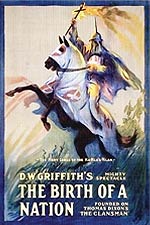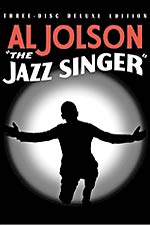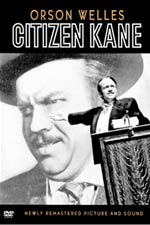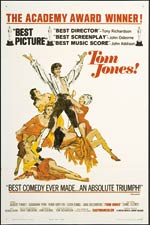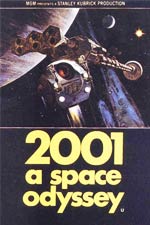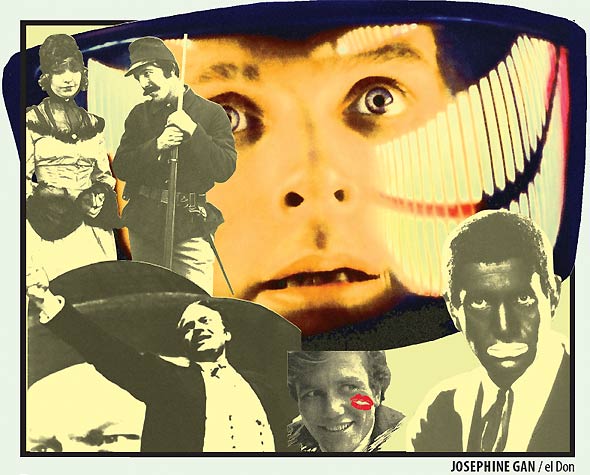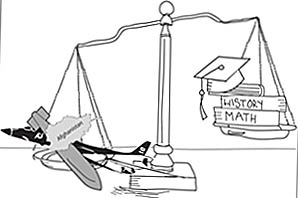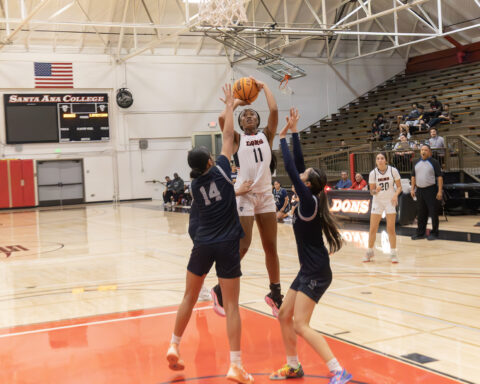In the movies of today, no idea is too far-fetched and no subject is off limits, but the medium of film has come a long way from its once limited possibilities. While we now celebrate romances, adventures and comedies for their engaging actors and brilliant visuals, it is these films, the underrated, unnoticed and sometimes forgotten masterpieces, that made it all possible.
- Year: 1915
- Director: D.W. Griffith
- Cast: Lillian Gish, Mae Marsh, Henry B. Walthall
A film novice could question the value of a movie like this black-and-white silent film because of its touchy subject matter.
It has racist elements and a wearisome, protracted run time.
Still, this dramatized Civil War and Reconstruction-era motion picture, directed by D. W. Griffith, was groundbreaking. Though the content is repugnant, the filmmaking process was innovative.
The film is highly controversial for inaccurate and offensive portrayals of African-Americans. The production, however, is what made this movie stand out with pioneering filming techniques.
Using close-up photography, panning shots, and techniques that made the number of cast members appear impossibly large, it changed the way audiences experienced cinema.
In length, it ran a then record-breaking three hours and 10 minutes — so long that it had
an intermission.
- Year: 1927
- Director: Alan Crosland
- Cast: Al Jolson, May McAvoy, Warner Oland
Although a few short films had broken the barrier of sound with short dialogues and background noises, The Jazz Singer was the first to incorporate it into the entire project.
It made movie history for the singular reason that it was the first full-length film with synchronized sound. Following aspiring jazz singer, Jakie Rabinowitz (Al Jolson), it features not only audible dialogues but lively musical numbers.
Directed by Alan Crosland, this film changed the way audiences viewed film forever by ushering in a new era of talkies and marking the beginning of the decline of silent movies.
- Year: 1941
- Director: Orson Welles
- Cast: Orson Welles, Agnes Moorehead, Joseph Cotten
Celebrated for its innovative cinematography, this film follows the life of Charles Foster Kane (Orson Welles), a mysterious newspaper mogul.
Extensive use of flashbacks and camera shots emphasize key moments, like the famous breakfast montage where director Welles depicts the unraveling of a marriage in a mere two minutes.
Welles also used the unprecedented technique of shooting his subjects from below, showing the ceilings of rooms. The audience had never seen movies from such an angle before because most Hollywood sets did not have ceilings. Welles and his crew would hang sheets of fabric along the tops of the sets to make this new angle possible.
This dramatic perspective gave movies a new kind of creative potential.
Citizen Kane won the Oscar for Best Writing (Original Screenplay) in 1942 and was nominated for Best Picture, Best Actor in a Leading Role (Orson Welles), Best Art Direction, Best Cinematography, Best Director, Best Film Editing, Best Musical Score and Best Sound Editing.
- Year: 1963
- Director: Tony Richardson
- Cast: Albert Finney, Diane Cilento, Peter Bull
This comedic period piece directed by Tony Richardson is a sensational British film adapted from Henry Fielding’s novel, The History of Tom Jones, a Foundling.
Richardson employs techniques from the French New Wave to give Tom Jones a kinetic combination of filming devices. French New Wave filmmaking was an unconventional, youthful style that rejected the classic film process. Its goal, with long takes, choppy editing and fast-paced camera work, was to give the audience a taste of realism when most films let them escape reality.
This style is apparent in Tom Jones. The opening scene is like that of a silent movie, but it then moves into a variety of interesting, quick and close-up camera shots.
The characters sometimes speak directly to the camera in a documentary-like style.
Tom Jones brought into the mainstream a vivacious and active approach to the production of film, making it an integral part of movie history.
In 1964 it won the Oscar for Best Picture, Best Director, Best Musical Score and Best Writing (Screenplay Based on Another Medium).
It was nominated for Best Lead Actor (Albert Finney), Best Supporting Actor (Hugh Griffith), Best Supporting Actress (Diane Cilento, Edith Evans, Joyce Redman) and Best Art Direction.
- Year: 1963
- Director: Stanley Kubrick
- Cast: Keir Dullea, Gary Lockwood, Margaret Tyzack
This science fiction epic had a monumental influence on the film industry because it ushered in special effects.
Director Stanley Kubrick was the first to use the process of front projection in a major motion picture. This layering camera technique resulted in a more realistic scene than could be made in a Hollywood set.
This approach was influential on future directors making possible such films as George Lucas’ Star Wars.
The film itself is a strange and ambiguous space journey, but it exudes pure artistry.
Kubrick made his audiences think about what they were watching while he created the possibilities of the strange, fantastic leaps of science fiction we can now see everywhere.
2001: A Space Odyssey, based on the novel by Arthur C. Clarke, won the Oscar for Best Special Effects and was nominated for Best Director.
SAY WHAT AGAIN?
— Memorable lines have been introduced in daily conversation. Make sure you’re quoting it right.
- THE EMPIRE STRIKES BACK
You say: “Luke, I am your father.”
What Darth Vader says: “No, I am your father.”
- CASABLANCA
You say: “Play it again Sam.”
What Ilsa says: “Play it once Sam, for old times’ sake.”
- ALL ABOUT EVE
You say: “Fasten your seatbelts, it’s going to be a bumpy ride.”
What Margo says: “Fasten your seatbelts, it’s going to be a bumpy night.”
- SILENCE OF THE LAMBS
You say: “Hello, Clarice.”
What Hannibal Lecter says: “Good evening. Clarice.”
- In Photos: Fiestas Patrias 2025 - September 25, 2025
- The two-party system is failing us. - October 19, 2024
- Read our Fall 2023 Print: Vol. 100 No. 1 - October 23, 2023


